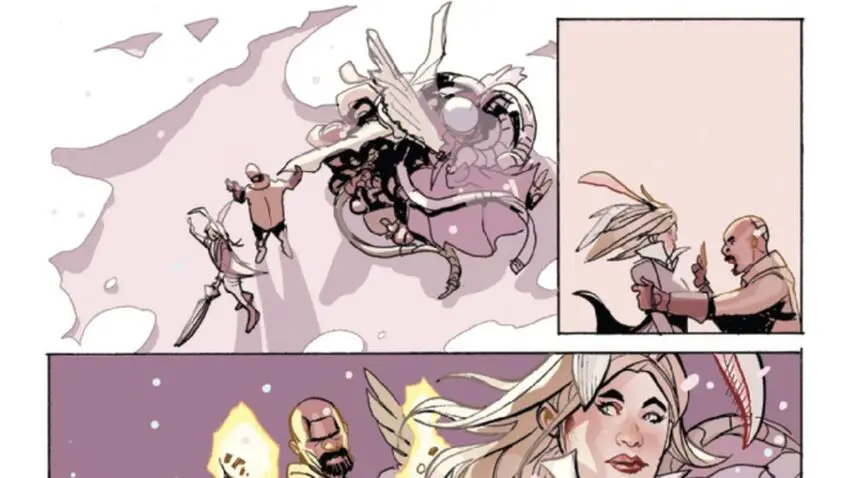“Art is subjective.” That’s the familiar refrain from any individual, typically artists, who want to defend a piece or style of art that receives more than passing negative criticism. Yes, aspects of art are subjective, such as facial styles, anatomy proportions, and color palette selection. However, you’re in trouble if you look at a character’s face and can’t tell they have a face.

This week, Marvel received more than passing negative criticism for two comics – Amazing Spider-Man #20 and She-Hulk #10. These two issues stood out from the mountains of comics Marvel releases weekly because the art in each issue is, to be blunt, B-A-D. Why? In both, the panels look hastily sketched, the line work is sloppy, and the coloring palette is muted worse than Marcel Marceau taking a nap.

When two poorly drawn issues are released in the same week from one of the most recognizable comic publishers on the planet, who’s to blame? Comics are a visual medium. Surely, nobody at Marvel would consider bad art leaving the presses “no big deal.” If somebody needs to be held to account, who’s it to be?
In the interests of journalistic integrity, an article is not supposed to lay blame or take sides. But this isn’t a new piece. It’s an Op-Ed, so you’ve been warned.
The person to blame when a comic leaves the presses with bad art is… Everyone.
That’s right. Everyone is to blame. The artists, the editors, and the publishers are all responsible for ensuring the comic meets the highest standards of quality possible. When those standards aren’t met, everyone who had a hand in its creation bears equal responsibility for the result.

Is the artist at fault? Of course. They drew the darn thing. Yes, things happen. Life situations get in the way and schedules change which puts undo crunch on the creative process. But ultimately, it’s the artist’s name that goes on that comic, so if they can’t meet deadlines, it’s better to be late than to put out subpar work.
Is the editorial at fault? Of course. They approved the darn thing. The editor is the final gatekeeper that ensures the comic that goes to print best represents the characters, the story, and the publisher’s brand. If the comic is not right, send it back until it is right. Put another way, editors are supposed to be the gatekeepers and quality checkers. If bad art gets through, the editors failed in their primary function.
Is the publisher at fault? Of course. They hired these darn people. As with any organization, the buck stops at the top. If editors aren’t quality checking, and if artists aren’t turning in quality work, the publisher bears the ultimate responsibility because that means Marvel isn’t running a tight ship. Whether due to a lack of processes/procedures, poor hiring practices, or a work environment that doesn’t favor and enforce accountability, it’s on the publisher to create an atmosphere geared toward quality and success.
Who’s to blame for bad art? Everyone who had a hand in its creation. May Marvel learn that lesson, and learn it soon.
We hope you found this article interesting. Come back for more reviews, previews, and opinions on comics, and don’t forget to follow us on social media:
If you’re interested in this creator’s works, remember to let your Local Comic Shop know to find more of their work for you. They would appreciate the call, and so would we.
Click here to find your Local Comic Shop: www.ComicShopLocator.com
As an Amazon Associate, we earn revenue from qualifying purchases to help fund this site. Links to Blu-Rays, DVDs, Books, Movies, and more contained in this article are affiliate links. Please consider purchasing if you find something interesting, and thank you for your support.

